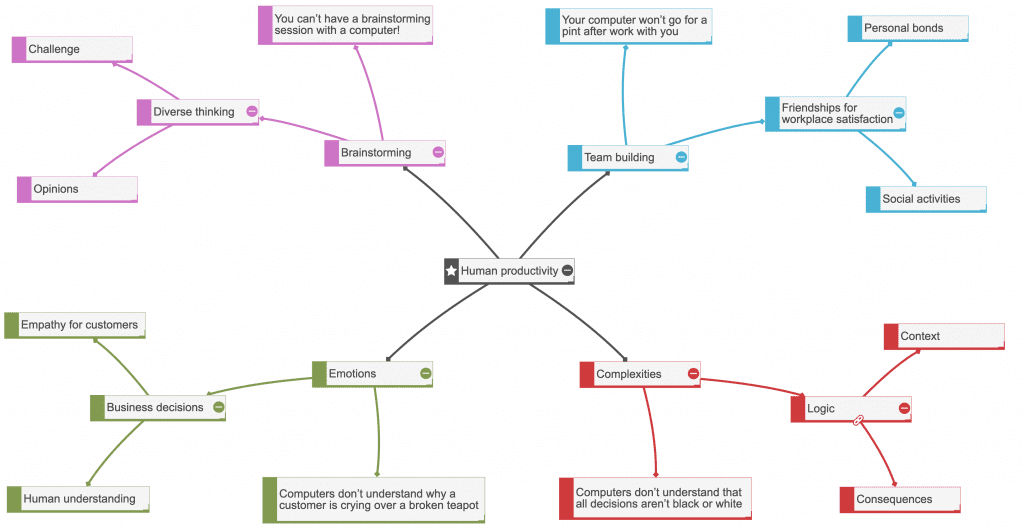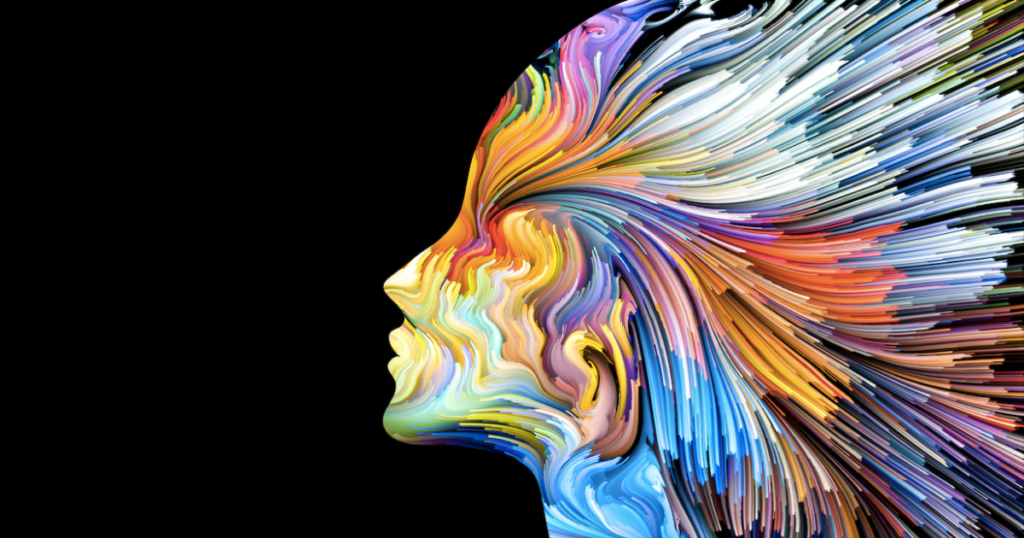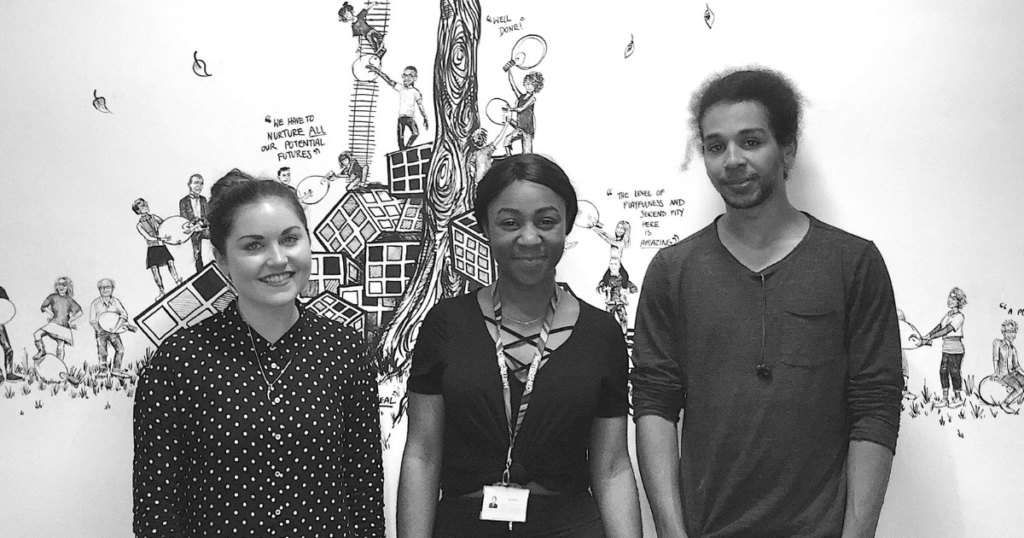Humans vs. Machines: In the battle for optimum productivity, who wins?
Reports say that automation will displace 22.7 million US jobs by 2025. A major drive for technology replacing the human workforce is an attempt to increase productivity.
Deloitte published in their 2018 report: “Across industries, technology is now replacing or augmenting work that used to be done by humans. Machines automate repetitive tasks so they are done faster, cheaper and more accurately.”
Companies like CIG, one of China’s leading suppliers of telecoms equipment, have taken this to the extreme, with plans to automate 90% of their workforce using machines and operate some factories in pitch black.
However, is this really the best way to increase productivity? How does this impact project management? What are we gaining when we replace humans with technology, and more importantly, what are we losing?
“Why doesn’t my robot colleague want to go for a pint or gossip about Love Island with me?”
First of all, it’s probably a good idea to define what we’re talking about when we say productivity, and outline why productivity is important for an organisation, as well as why productivity matters, full stop.
- Productivity in the workplace relates to how efficiently your workers accomplish your company’s goals and produce goods or services for customers.
- Productive teams complete their tasks quickly, saving time and money for a company.
- Research shows that productive people are happier, and happier people are more productive.
Although machines may be able to produce a product or service more quickly or efficiently than humans, but we are producing these products for humans. In today’s dynamic and fast-paced environment, it can be easy to forget to keep people at the centre of business.
Why you shouldn’t replace humans with machines
Here at Mind Map Pro, we created a mind map during a brainstorming session to explore the reasons why we shouldn’t completely replace humans with technology.
We considered when and where productivity is highest, the impact of human creativity, diverse thinking, work culture and relationships with colleagues, and how to improve productivity by focusing on your employees.
Here’s what we came up with:
- You can’t have a brainstorming session with a computer!
One of the most valuable assets of teamwork is having access to a diverse range of experiences, specialities and opinions to bring to the table. Some of the best business decisions come from a clash in opinions or difference in views in the workplace – a computer can’t disagree with, challenge or bounce off ideas. - Your computer won’t go for a pint after work with you
Team building just isn’t the same when half of the workforce are robots. All jokes aside, if a business replaces half of its employees with machines, the same team bonds can’t be made, which could completely change the atmosphere, impacting morale. - Computers don’t understand why a customer is crying over a broken teapot
Emotions are what rule our everyday reactions and decisions, and therefore empathy is crucial for nearly every area of business; customer service, sales, marketing, production, leadership. Machines don’t have the skill of empathy to understand these emotions. - Computers don’t understand that all decisions aren’t black or white (or ones and zeros)
Machines make decisions using numbers and codes, evaluating the facts and providing the most logical answer. Although this can be useful, sometimes a problem is simply more complex than that, requiring an acknowledgement of things like context and consequences.
So what’s the alternative if we want to increase productivity? One strategy is finding new ways to motivate our employees.
Top tips for motivating employees
- Creating the right atmosphere
If the atmosphere at work is good, employees will want to get out of bed in the morning to go to work and will be so much more productive when they get there. - Encouragement and rewards
Letting employees know they’re doing well and rewarding them for this is a sure-fire way to make them feel proud of the work they are doing, and motivated to keep doing more. - Giving people room to grow
Employees will be more productive if they feel like their manager trusts them with projects that are challenging, with tasks that will develop their skills and with opportunities to progress in their career. - Prioritising a work-life balance
Work-related stress impacting mental health accounts for over half of work absences in the UK. We all know that we don’t work as well when we’re over-stressed, so letting employees know that they need to balance their work and home life, and giving them freedom to recover and re-energise, will help improve productivity and wellbeing long-term. - Connecting with individuals one-to-one
Leaders will often deliver inspiring and rousing talks to a group of employees at a time to increase the company morale. However, sometimes an individual pep-talk with feedback and encouragement will have a greater impact by ensuring individuals feel valued and recognised in the team.
The role of humans in a future of robotic productivity
We love technology. We don’t think robots will take over the world. What we do think is that technology can help improve human creativity, efficiency and productivity, but not without humans.
What potential benefits could we see if we concentrated on motivating our employees to be the best that they can be, before we replace them with machines? The truth is, anything could happen!
When we motivate an employee to do their job the best that they can, they will explore new ways to approach their job, invent solutions to faults and generate new ideas on a daily basis.
Investing in technology to work alongside humans to increase productivity is the way to go! Effidence recently partnered with Deutsche Post to create PostBot, an “electric-powered robot that can carry up to 330 pounds of letters and packages through the city, using artificial intelligence to follow the legs of its mail carrier.” This is an example of using technology to increase productivity, without taking the human out of the equation.
We’ve used the same idea here at Mind Map Pro; we provide a service that brings technology and creativity together to help users be more productive. For example, Mind Map Pro’s task board allows users to spend less time planning and more time being creative.
Our platform enhances live collaboration with real-time updates and online chat. These features bring technology and creativity together to allow connected teams to be more productive.
Technology has an important place in improving productivity, and humans do too. Try these new ways to motivate your team, using software like Mind Map Pro to enhance our human attributes rather than replace them.
Need help getting started with Mind Map Pro? Browse through the useful guides on our Help Site.




